Great Design Plant: Stachys Officinalis ‘Hummelo’
http://www.decor-ideas.org 08/04/2015 00:13 Decor Ideas
Like trendy pop singers and movie stars, perennials come and go, frequently replaced by newer, greater or flashier cultivars. ‘Hummelo’ betony (Stachys officinalis ‘Hummelo’) is one rising star that will undoubtedly earn its place in a hall of fame, as it has in my Southern garden.
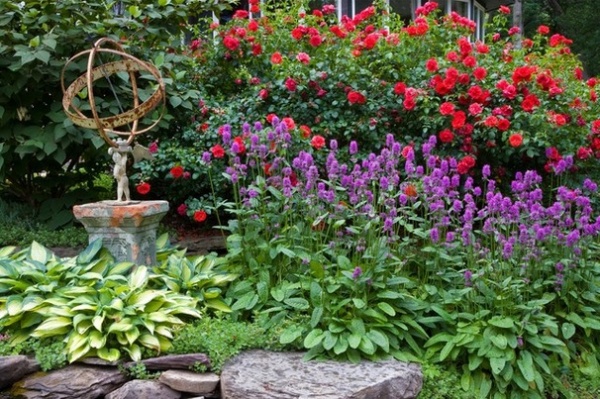
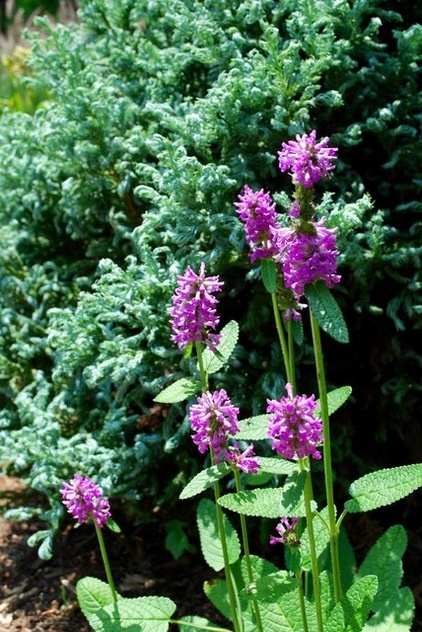
Botanical name: Stachys officinalis ‘Hummelo’
Common name: ‘Hummelo’ betony
Origin: Stachys officinalis is native to Europe and Asia; ‘Hummelo’ was introduced by plantsman Piet Oudolf and named after his hometown in the Netherlands
Where it will grow: Hardy to -30 degrees Fahrenheit (USDA zones 4 to 8; find your zone)
Light requirement: Full sun to partial shade
Water requirement: Average (1 inch of water per week)
Mature size: Up to 2 feet tall and wide
Benefits and tolerances: Tolerant of deer, rabbits and being planted near black walnut trees; no serious insect or disease problems, although slugs can be occasionally problematic; exhibits some drought tolerance after being established
Seasonal interest: Leaves appear in midspring, with purple flowers arriving in midsummer; semi-evergreen in the warmer areas of its range but generally considered deciduous
When to plant: Spring or fall
Shown: With ‘Curly Tops’ sawara cypress (Chamaecyparis pisifera ‘Curly Tops’, zones 4 to 8)
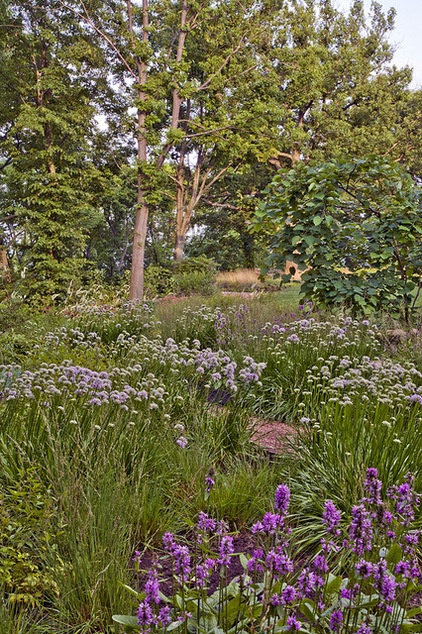
Distinguishing traits. ‘Hummelo’ differs from the typical Stachys byzantina, or lamb’s ear, in that it is less fuzzy in texture. It also holds up much better in heat and humidity than lamb’s ear. Cheerful, bright green leaves appear in midspring. Erect 12-inch inflorescences emerge in late spring or early summer, and purple flowers follow in midsummer. (The genus name comes from the Greek word for “ear of corn,” referencing the flower placement along the inflorescence.) This betony eventually develops a dense mass of leaves and functions as a ground cover when planted ½ to 1 foot on center.
How to use it. ‘Hummelo’ betony is well-suited for naturalizing in a meadow, as shown here, or in any style of informal garden. For maximum impact, buy multiple plants for drift (matrix) installation.
Shown: In the foreground with ornamental allium (Allium sp.)
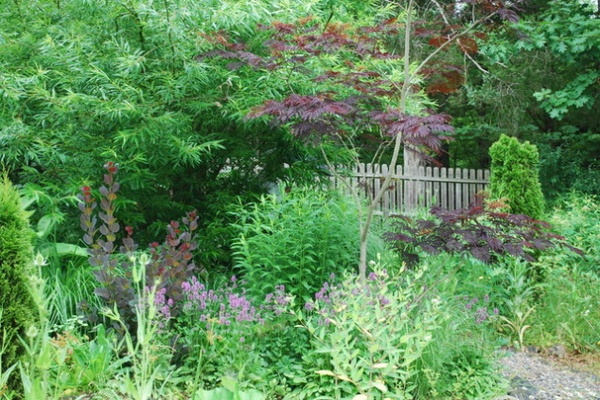
With its pinkish-purple flower spikes, ‘Hummelo’ betony is a suitable foil for plants with dark purple foliage, such as this ‘Grace’ smokebush (Cotinus ‘Grace’, zones 4 to 8), shown on left, and ‘Summer Chocolate’ mimosa (Albizia julibrissin ‘Summer Chocolate’, zones 7 to 10), shown on right. Other suitable bedmates include ‘Diabolo’ ninebark (Physocarpus opulifolius ‘Monlo’ syn. Physocarpus opulifolius ‘Diabolo’, zones 2 to 8) and ‘Blue Star’ juniper (Juniperus squamata ‘Blue Star’, zones 4 to 8).
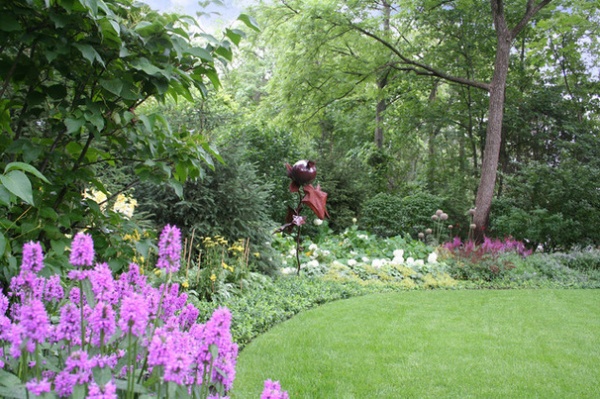
‘Hummelo’ betony can be used in a sunny spot at a woodland’s edge. Here it makes a meaningful connection with the astilbe (Astilbe sp., zones 3 to 9) in the background. Astilbe requires more shade and moisture than betony does.
Planting notes. Site ‘Hummelo’ betony in full sun or partial shade (preferred in the South) in average to moist but well-drained soil. Water twice a week until well-established.
More
Want a More Colorful, Natural Garden? Try a Perennial Meadow
See more guides on growing colorful flowers
Related Articles Recommended












